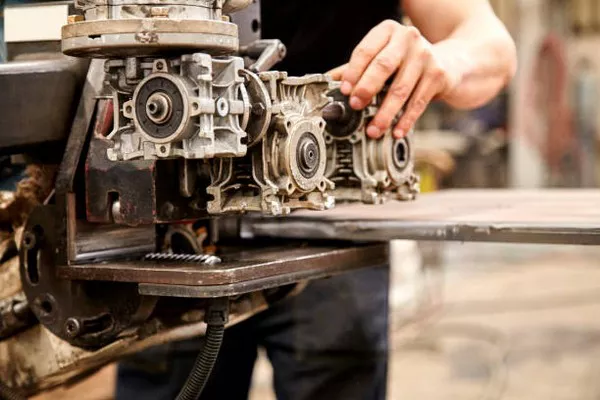The global battery market is witnessing a rapid expansion, with lithium-ion batteries projected to dominate by 2024, driven by the surge in electric vehicles and battery energy storage systems. However, ensuring the integrity and safety of battery cells poses a significant challenge in this booming industry. Traditional defect detection methods, often labor-intensive and limited in precision, struggle to keep pace with the high-volume production demands. In response, scanning acoustic microscopy (SAM) is emerging as a powerful, non-invasive solution offering detailed insights into battery cell structures for enhanced defect detection.
Challenges with Traditional Defect Detection Methods:
In the intricate manufacturing process of battery cells, defects, ranging from microscopic cracks to coating inconsistencies, are common and can lead to reduced efficiency or safety hazards.
Conventional defect detection methods, including visual inspection and basic electronic testing, often lack the precision needed to identify minute flaws, while more advanced techniques like X-ray imaging can be expensive and time-consuming.
Throughput speed is a significant concern, as traditional methods may compromise inspection depth and production speed, allowing defective products to pass through.
The Complex Nature of Battery Cell Components:
The diverse and complex nature of battery cell components, such as electrodes and separators, requires nuanced and detailed inspection methods to identify inconsistencies like microscopic cracks, gaps, or improper alignments.
Scanning Acoustic Microscopy (SAM) as a Solution:
SAM is a non-invasive ultrasonic testing method that employs focused sound waves to inspect the internal structure of battery cells without causing damage.
SAM’s primary advantage lies in its ability to conduct thorough inspections while maintaining battery integrity, using ultrasonic pulses to reveal critical information about material density, attenuation, and acoustic impedance, indicating any internal inconsistencies.
Recent advancements in SAM have successfully enhanced both speed and resolution, allowing for high-throughput inspections without compromising image quality, capable of identifying defects as small as 50 microns.
SAM offers a multidimensional view of a battery’s internal structure, enabling highly sensitive layer-by-layer inspection, making it a comprehensive solution for defect detection in large-scale manufacturing operations.
As the demand for defect-free battery manufacturing grows, SAM has become a catalyst for improving battery safety and reliability without sacrificing production throughput. The technology’s non-invasive nature, efficiency, and multidimensional capabilities position it as a crucial tool for the evolving landscape of lithium-ion battery production.

